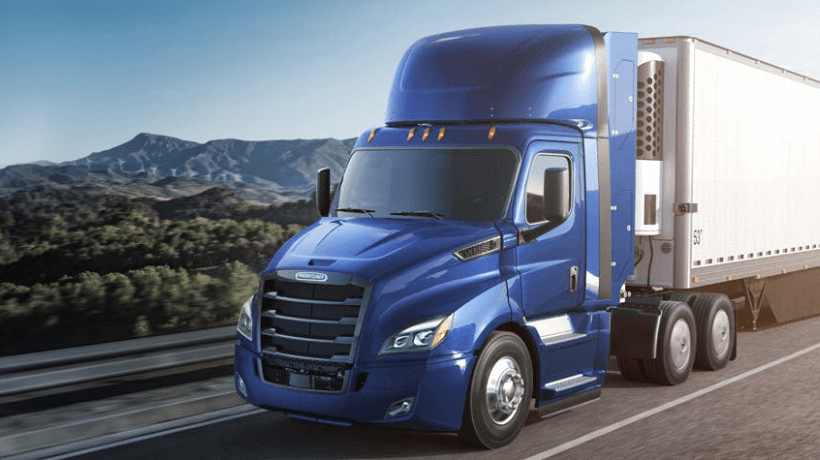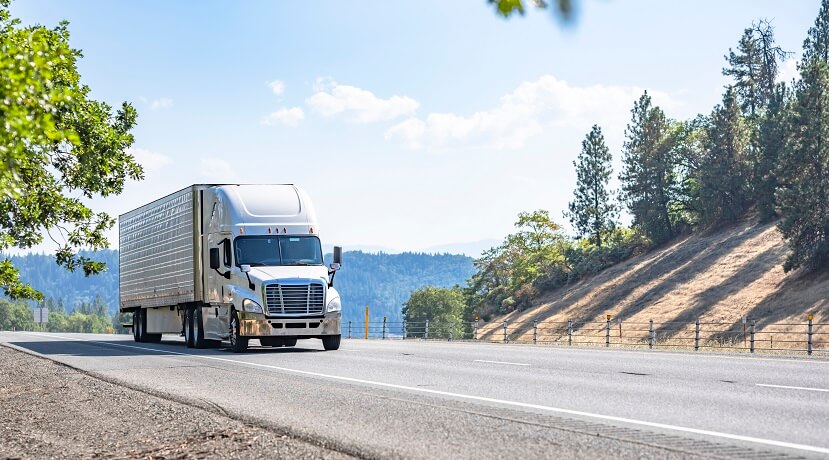
Fueling the Future: Reinventing the Fuel Payment Process
As the saying goes, “old habits die hard.” This is especially true when transporting freight, as the economic necessity of taking loads from point to point means that legacy processes can be difficult to phase out or push to the back burner. However, no commodity is quite as precious to the day-to-day operations of trucks than fuel.
Learn more about Transflo Wallet
Almost two years ago, we described how many trucks were “stalled” due to fuel prices thanks to the highest inflation in more than 40 years and the geopolitical supply pressures of overseas conflicts.
While both fuel prices and inflation have begun to level off (as of early 2024), problems continue for many fleets and brokerages trying to operate in the post-pandemic environment. But there is another problem that we haven’t discussed – fuel payments.
In theory, fuel payments are supposed to make lives easier across the supply chain by advancing money for fuel upon load pickup. But even that approach has been constrained by the technologies of yesterday. A new era of fuel payments is required for brokers and carriers alike to reach optimal efficiency.
In this blog, we’ll look at the typical cost of fuel, where fleets run into issues with fuel payments, and explore how new tech can keep trucks on the road and lessen fueling problems.
The Prohibitive Cost of Fuel
A Class 8 truck holds up to 150 gallons of fuel. As of late February 2024, the average price of a gallon of diesel in the U.S. is $4.109. If a driver is filling up with 100 gallons, the cost of a fill-up is approximately $411, but could climb up to $470 to $560 in a state with higher diesel prices.
Assuming fuel economy of 7.2 miles per gallon as mandated by the federal Environmental Protection Agency in new trucks made after 2014, that 100-gallon fill can take a driver about 700 miles. For older trucks running closer to 6 mpg, the mileage is likely closer to 600 to 625 miles.
Of course, the length of a haul can vary widely based on carrier needs and freight. According to American Trucking Associations as of February 2024, the average length of haul in the for-hire over-the-road truckload segment is between 450 to 500 miles. Depending on fuel mileage, that equates to an average fuel cost of anywhere between $270 to $325 per segment.
Regardless of fleet size, those costs quickly multiply day after day and eat into margins.
When Traditional Fuel Payments Can Falter
If the cash flow required to keep trucks fueled and rolling was the biggest hurdle related to diesel, that would be challenging enough. Unfortunately, several sources of pain may arise in the fuel advance process, including:
- Fraud
- Fees
- Reconciling funds
First, and most crucial, is fraud. Physical fuel cards that look like debit or credit cards are susceptible to card skimming devices that can steal important data, such as a physical card number and its security info. Furthermore, card skimmers are often placed at gas pumps and may be discreet or altogether imperceptible to the driver.
A physical fuel card or traditional check may also get lost, which could put it in the wrong hands. Similarly, physical PINs that remain the same between transactions have a greater likelihood of getting stolen than digital methods where a specific PIN is used for a single transaction.
While the process of a traditional fuel advance is simple in theory, there are fees levied on the broker or carrier for the service that can eat into profitability. In the broker space, reconciling unused advance funds using traditional fuel advance methods like cards or checks can be time-consuming and difficult.
Fuel Payments in a New Era
The days of fuel payments headaches may soon come to a merciful end. With Transflo Wallet, the industry can take advantage of the first all-digital fuel advance platform. This new secure technology means that drivers can access fuel advance funds using a smartphone and a one-time-use, fraud-resistant PIN.
Advances with Wallet also feature lower fees, fuel discounts, reduced fraud risk, and real-time visibility of funds, and can be used at 14,000+ truck stops nationwide. And you won’t have to unnecessarily pay for more expensive gas. Wallet includes maps that list diesel prices in the driver’s current area, so the lowest price is within reach.
While Transflo Wallet is available for carriers, it can provide unique value for brokerages. Even though some brokers have used traditional advances for years, Wallet’s easy-to-use functionality breaks down the barriers to entry for smaller brokers and streamlines the existing process for larger brokers. Additionally, a portion of the per gallon discount offered by Wallet can be recovered by the broker, potentially putting thousands of dollars back in brokers’ pocketbooks.
Keeping freight on the road doesn’t have to be difficult or rely on payment methods that have been around for generations. With Transflo, a better method for fuel advances is available today. Get in touch with us to learn more about the new era of digital fuel advances.



